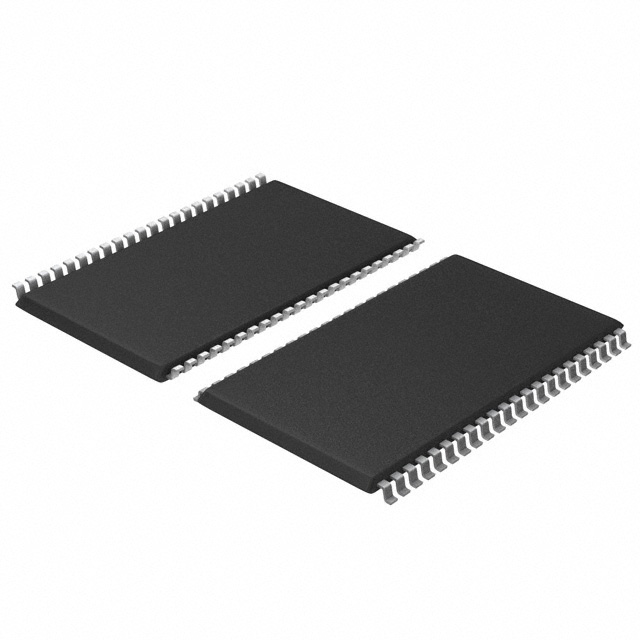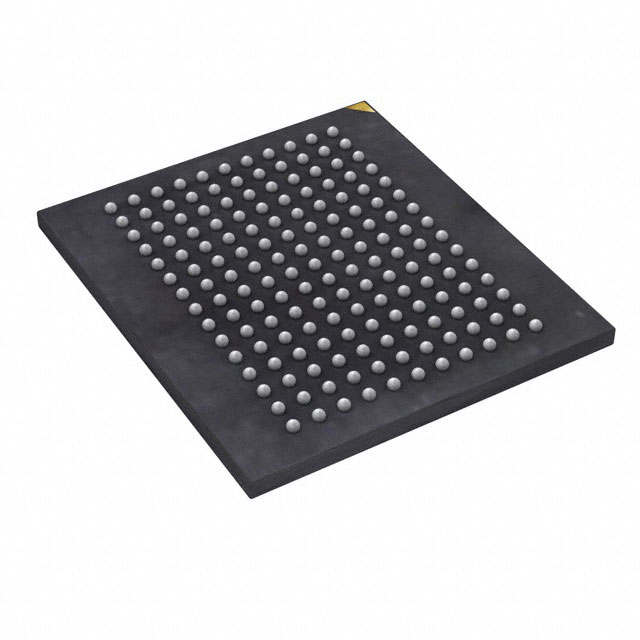IS61DDPB42M18A-400M3L
Manufacturer No:
IS61DDPB42M18A-400M3L
Manufacturer:
Description:
IC SRAM 36MBIT PARALLEL 165LFBGA
Datasheet:
Delivery:





Payment:




In Stock : 0
Please send RFQ , we will respond immediately.









IS61DDPB42M18A-400M3L Specifications
-
TypeParameter
-
Access Time-
-
Supplier Device Package165-LFBGA (15x17)
-
Package / Case165-LBGA
-
Mounting TypeSurface Mount
-
Operating Temperature0°C ~ 70°C (TA)
-
Voltage - Supply1.71V ~ 1.89V
-
Write Cycle Time - Word, Page-
-
Clock Frequency400 MHz
-
Memory InterfaceParallel
-
Memory Organization2M x 18
-
Memory Size36Mbit
-
TechnologySRAM - Synchronous, DDR IIP
-
Memory FormatSRAM
-
Memory TypeVolatile
-
DigiKey ProgrammableNot Verified
-
PackagingTray
-
Product StatusActive
-
Series-
The IS61DDPB42M18A-400M3L is a specific integrated circuit (IC) chip from Integrated Silicon Solution, Inc. (ISSI). It is a synchronous dynamic random-access memory (SDRAM) chip with a capacity of 2 Gigabits (Gb) and operates at a clock frequency of 400 Megahertz (MHz). Here are some of the advantages and application scenarios of this IC chip:Advantages: 1. High memory capacity: The chip offers a 2 Gb memory capacity, which allows for storing a large amount of data or program code. 2. High clock frequency: The chip operates at a clock frequency of 400 MHz, enabling fast data transfer rates and quicker access to memory. 3. Synchronous operation: The chip supports synchronous access, ensuring synchronized data transfers between the memory and the system. 4. Low power consumption: It is designed to consume low power, making it suitable for battery-powered devices or devices that prioritize energy efficiency. 5. Small form factor: The chip comes in a small package, allowing for space-efficient integration into various electronic devices.Application Scenarios: 1. Computer systems: The high memory capacity and fast clock frequency of the chip make it suitable for use in computer systems, both for desktops and laptops, where it can function as a main memory or cache memory. 2. Networking equipment: The chip can be utilized in network routers, switches, and other network devices that require fast data processing and storage capabilities. 3. Embedded systems: It finds application in embedded systems like digital signage, industrial automation, and consumer electronics, where it can be used for program storage or data buffering. 4. Mobile devices: Its low power consumption makes it suitable for integration into mobile devices like smartphones and tablets, acting as a memory module for running applications or storing data. 5. Communication systems: The chip can be used in communication systems, such as base stations or data centers, to provide high-speed memory for buffering and processing data.It's important to note that specific application requirements and design considerations may vary, so it is advisable to refer to the chip's datasheet and consult with device designers or system integrators for precise usage recommendations.
IS61DDPB42M18A-400M3L Relevant information
-

CY7C1051H30-10ZSXIT
Infineon Technologies -
EM008LXOAB320CS1R
Everspin Technologies Inc. -
S25HS01GTDPMHB010
Infineon Technologies -
MT60B4G4HB-56B:G
Micron Technology Inc. -
CY15B104QI-20BFXIT
Infineon Technologies -
CY15V104QI-20BFXIT
Infineon Technologies -
CY15B104QI-20LPXIT
Infineon Technologies -
CY15B104QI-20LPXCT
Infineon Technologies -
CY15V104QI-20LPXCT
Infineon Technologies -
CY15V104QI-20LPXIT
Infineon Technologies







